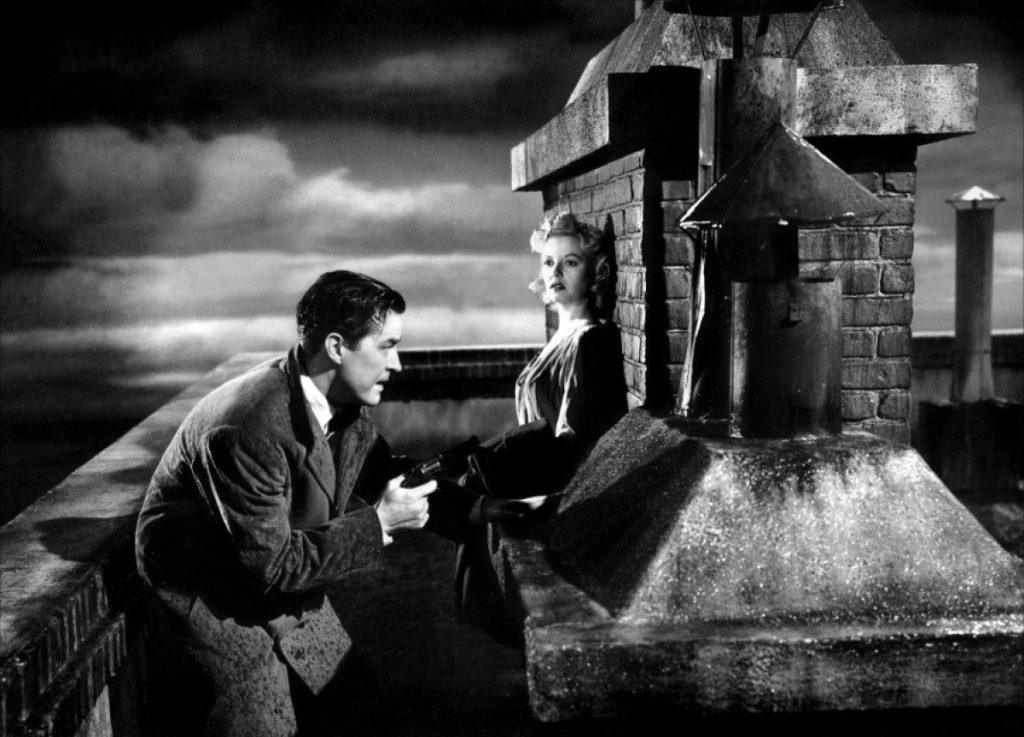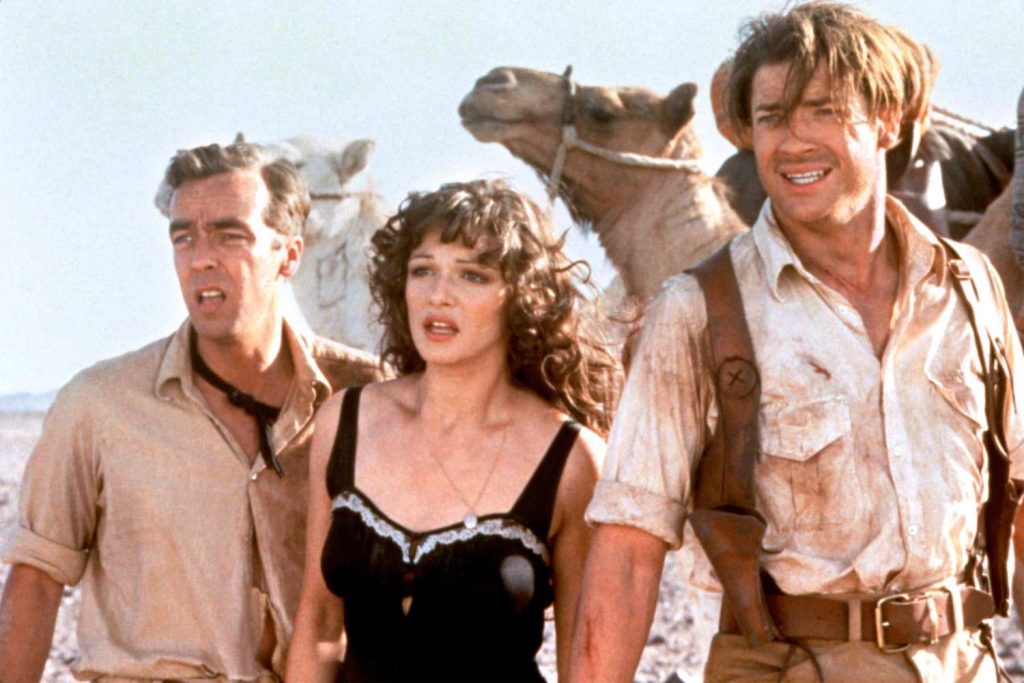Considering Steven Soderbergh shot two of his recent films (Unsane and High Flying Bird) on iPhones and was an early adopter of Red cameras (starting with the Red One on Che in 2008), it’s not surprising he made a feature with a consumer-grade Mini-DV camera. What is odd is that he embarked on 2002’s Full Frontal after winning the Best Director Oscar for Traffic and finding his greatest commercial success with Ocean’s Eleven. Then again, if ever there’s a time for a director to go all in on a bold and/or expensive experiment, that’s it. (See also: Soderbergh’s other 2002 film, Solaris, an adaptation of the Stanislaw Lem novel that’s a full hour shorter than Andrei Tarkovsky’s 1972 version.)
Since the bulk of Full Frontal was filmed with a Canon XL-1S, the first thing that strikes viewers is how unapologetically ugly it is. This is, in the most literal sense, not a pretty picture. The same goes for the characters created by screenwriter Coleman Hough, who are simultaneously self-absorbed and less introspective than they think they are. They stop short of being completely contemptible, however, thanks to the fleeting moments of grace Hough affords them – with one notable exception.
That exception is movie producer and all-around creep Gus Delario (David Duchovny), the common link between most of the other characters. The film even opens with a roll call of the guest list for Gus’s 40th birthday bash, specifying how (or if) each of them was invited. Gus himself doesn’t appear until nearly an hour into the theatrical cut, though, and he gives an assumed name to the masseuse who comes to his swanky hotel room for an appointment. Then again, she doesn’t give him her real name, either, which makes them even.
One of the major themes that runs through Full Frontal is how difficult it is to live authentically in a place where artifice is the primary export. (In fact, the most straightforward character may be the overbearing stage actor playing Hitler in The Sound and the Fuhrer, hilariously embodied by a film-stealing Nicky Katt.) People habitually misrepresent themselves and situations that appear stable – jobs, marriages, the presentation of “reality” – prove to be anything but. Soderbergh plays up the last by foregrounding the aesthetic distance between the video footage, which is all hand-held and rife with jump cuts, and excerpts from the classically edited Rendezvous, which was shot on 35mm film.

A Gus Delario production, Rendezvous is not only the work of two of Full Frontal’s characters – magazine writer Carl (David Hyde Pierce) and playwright Arty (Enrico Colantoni) – but its lead actors, Francesca and Calvin (Julia Roberts and Blair Underwood), are also seen as themselves when Soderbergh cuts out of one of their scenes to reveal the film is in the middle of production. That he does this at the point where their characters – journalist Catherine and actor Nicholas – are on the set of a film Nicholas is making with Brad Pitt and David Fincher is the fourth-wall break to end all fourth-wall breaks, and yet it’s not the last time the rug is pulled out in such a dramatic fashion.
The in-jokes start early, in fact, since Pitt appears twice – on the covers of two different editions of the magazine Carl writes for – before he shows up in the flesh alongside Nicholas, a TV actor making the transition into features, much like Underwood, Pierce, and Duchovny were. Nicholas also regales Catherine with a well-rehearsed rap/monologue about the challenges faced by black actors in Hollywood, during which he slyly references two of Roberts’s films.
One thing that isn’t a joke is the uncomfortable position Gus puts masseuse Linda (Mary McCormack) in when he asks about her “philosophy on release” and dangles $500 in front of her for “30 seconds of work.” It’s a power move akin to the demeaning games Linda’s sister and Carl’s wife, HR rep Lee (Catherine Keener), forces fired employees to play during their exit interviews. “I don’t think you’re allowed to do this,” says one, but at least Linda can turn the tables on Gus by stealing money from him, allowing her to act self-righteous when he goes to pay her and is unexpectedly short on cash.
Looking back on Full Frontal, it’s impossible not to see the parallels between Gus’s behavior in that hotel room and the accusations leveled at executive producer Harvey Weinstein, one of the handful of sexual predators ensnared by the #MeToo movement whose punishment appears to be sticking. What makes the film especially curious as a cultural artifact is Gus is not its only Weinstein stand-in, thanks to the Rendezvous scene where Catherine accompanies Nicholas to a meeting at Miramax with an executive listed in the credits as “Harvey, probably” who’s played by the recently disgraced Jeff Garlin. If Soderbergh felt he could have gotten away with making them one and the same, he might have, but two decades ago Weinstein was still all-powerful and Soderbergh wasn’t that intent on biting the hand that fed him – or letting it suffocate while masturbating with a plastic bag over its head.
“Full Frontal” isn’t streaming anywhere, which isn’t terribly surprising.



